Windows Phone 8.1 Review
by Anand Lal Shimpi on April 14, 2014 10:00 PM EST- Posted in
- Smartphones
- Microsoft
- Mobile
- windows phone
- Windows Phone 8.1
Action Center
With Windows Phone 8.1, all three of the major smartphone platforms now have some form of a unified notification hub, all accessed by pulling a shade down from the top of the screen. Microsoft’s attempt is called Action Center, and like most aspects of Windows Phone it occupies a middle ground between Android and iOS.
Microsoft’s Action Center gives you direct access to four different shortcuts, the settings menu, and notifications from your apps. All aspects of Action Center are user definable. You can control what shortcuts appear at the top of the shade and you can choose what apps get to display their notifications.
The user customizable launch shortcuts are awesome, although I would like to have one or two more shortcuts to avoid scrolling through the mess that is the Windows Phone settings page.
There’s a clear all button in Action Center that not only wipes the screen clean of all notifications, but also propagates the clearing effect down to live tiles as well. In the screenshot below you see I have two emails in my AnandTech account and nine in my Gmail account:
Clearing all notifications in Action Center clears the unread email counter on both live tiles.
The emails remain unread in the apps themselves, which is what you’d expect. If you want to just clear notifications for a single app, just swipe anywhere over the notifications for that app.
Pulling down on the Action Center also reveals a little more information in the Windows Phone status bar. You now get a battery percentage indicator, today’s date and the name of the cellular network you’re connected to. The status bar no longer automatically hides itself either. WiFi and cellular signal strength, notification (if applicable) and battery indicators are all permanently on display.
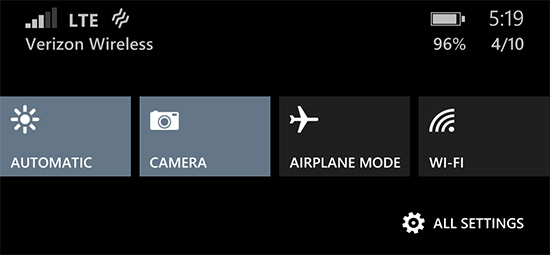
Microsoft also exposes individual volume controls for notifications (including the ringer) and media playback.
Cortana
Apple has Siri, Google has Google Now, and Microsoft has Cortana. Pulled straight out of the Halo universe, Cortana ends up being a mix of Siri and Google Now. Cortana launches in beta with the same sort of basic voice assistance you get with Siri in iOS. Hitting the search button will take you to Cortana, while holding it down automatically puts her in listening mode. You can set reminders (including those based on location), create/move calendar events, ask about nearby shops/restaurants, place calls and dictate text messages.
Anything that doesn’t fall into a category that guarantees a verbal response from Cortana triggers a Bing search. By default all Bing searches are aimed at the web but by swiping to the right you can redirect search towards your device itself. Phone search is universal and it’ll index everything from apps to text messages and emails. Cortana features integrated music recognition as well. Just tap the music icon and within a few seconds, if the track exists in the Xbox Music store it'll be identified.
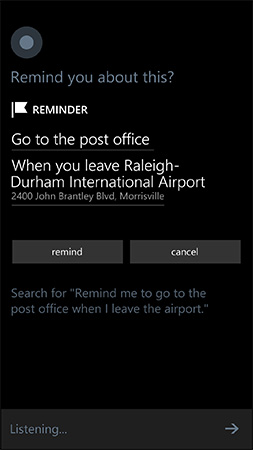 |
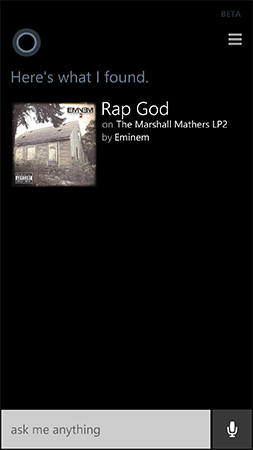 |
Cortana’s basics work well thanks to Microsoft’s extremely accurate (and speedy) voice recognition. You don’t have to use voice to interact with Cortana, typing is supported as well.
Cortana can prevent incoming notifications from surfacing while you sleep or are in a meeting using a feature called quiet hours. Similar to iOS6’s Do Not Disturb mode, Quiet Hours can be configured to allow certain contacts to break through. In an expansion over what iOS DND can do, Cortana can also instruct contacts who aren’t a part of your “inner circle” to text with a certain passphrase in order to break through quiet hours. Similarly, if any contact calls twice within a 3 minute period they’ll be exempted from quiet hours as well.
Unfortunately Cortana’s usefulness, much like Siri’s, can be quite limited. She’s great for settling alarms and creating meetings, but deeper natural language conversations just can’t happen yet. Cortana can save you from typing something, but that’s about the extent of her usefulness as a voice interaction tool.
This is where Cortana’s notebook comes in handy. If you allow her to, Cortana will look at your emails and monitor your behavior to determine what information she should float up to your attention. The result is a Google Now like experience, where you get things like reminders of upcoming flights based on emails in your inbox, as well as estimated commute time based on where Cortana thinks you live and work. You can give Cortana hints about your interests and she’ll use Bing news to grab headlines you might want to read. I feel like this is ultimately where these virtual digital assistants will end up, but we’re still at a very early stage in their evolution.
It’s interesting to note that Apple is now the only major smartphone player without a notebook/Google Now-like feature on its mobile platform. It’s no coincidence that the two players that do have that feature also derive revenue from selling advertising against user data. Once features like Cortana and Google Now get good enough, the obvious next step is to send highly targeted advertisements to the end user. It’s not necessarily a bad thing, but it’s clear that’s going to be the next major jump in advertising on mobile.



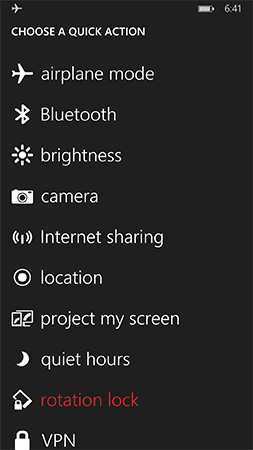
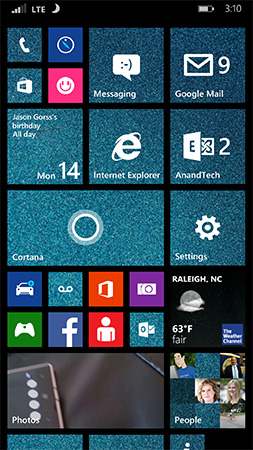
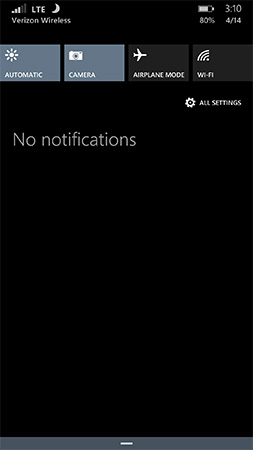
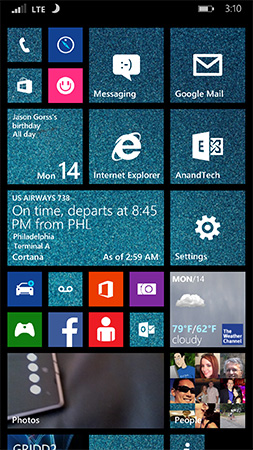
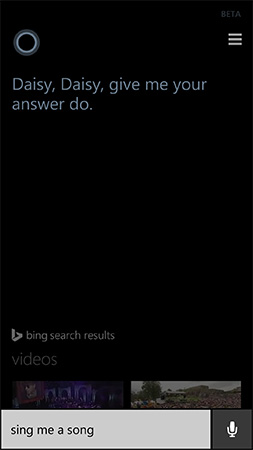
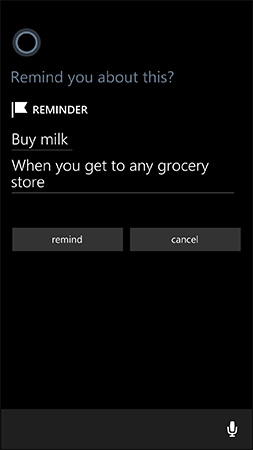
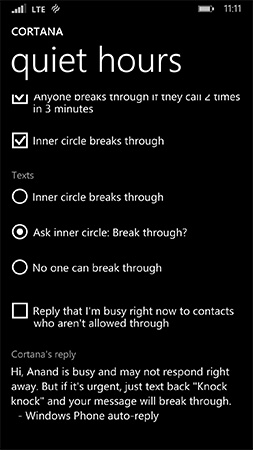
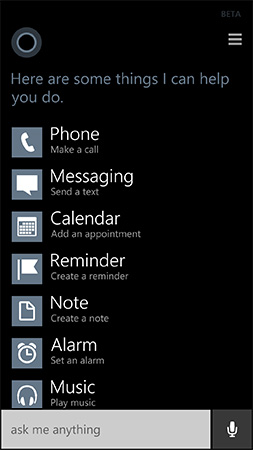
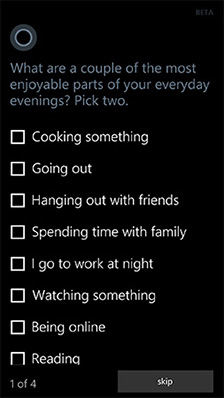
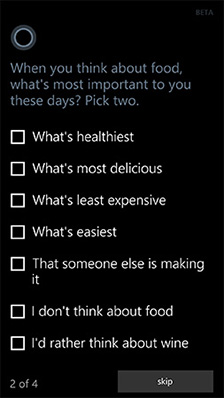
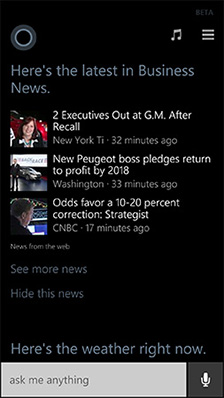








111 Comments
View All Comments
DanNeely - Tuesday, April 15, 2014 - link
In the second set of image tests the no and standard image compression images appear identical. Did MS really manage to squeeze 10% out with no visible impact at all; or did you load the same image twice?EnzoFX - Tuesday, April 15, 2014 - link
So they should be at the bleeding edge in hardware, while focusing on the entry-level? That sounds a bit counter productive to me, but what do I know.I do agree it's great as entry-level, I have a 521, and love it for the basics and little I use it for. I don't want to do anything too complex, if I did I would use a tablet, in which case free tethering on Tmo is a god send.
Penti - Tuesday, April 15, 2014 - link
Their tie in with Qualcomm worked for Microsoft, it's one of the reasons Nokia's mobile business collapsed when they switched as they had been paying and cooperating with other semi-suppliers and much of what they did and their supply network went up in smoke thanks to it. They have already fired 30 000 employees and closed their manufacturing in Europe except for a few holding out in Hungary were most have been sacked. Uprooted how they design and manufacture and most of their supply network. What has survived is manufacturing in India and China, were they mostly has done Series 30/40 type of devices, the sub €50 market.However it didn't look like this for Microsoft's market position for a long time, other SoC-suppliers were pretty prevalent and they did lag even on getting the latest Qualcomm-chips. As Qualcomm-chips come in both new high-end variants and low-end it does make sense to be supported early, regardless of when the mass release is done on the new chip. It also hindered stuff like other screen resolutions. Basically features Nokia's Symbian had in 2010 is what Nokia's WP-phones get now, and some of the limitations Symbian had like semi-fixed resolution got carried on and still applies in 2014. Great for Microsoft which get the only Windows Phone brand for nothing, but for the market as a whole? For NA? Well it's low end devices in Europe and Asia that sells and in the States they don't sell millions of units per year as they – the low-end – haven't caught on over there. High-end is mostly a marketing vehicle for Microsoft I would say. Most of the people that has been proponents early on knew nothing about it's limitations and so those people weren't good ambassadors. Most moved on as it's been about 4 years since Mix 2010. Others like Blackberry moved out of the spotlight but has been able to create whole new platforms within the same time that had most of the necessary features from the first few releases which were out some time ago. Until now, with 8.1 which hasn't made a final release yet, Windows Phone hasn't really been a choice in an enterprise as it's (mobile) management features were worse then BB10, Android and iOS, which all three also supported Exchange much better, had better third-party support for things like sharepoint and lync and so on. S/MIME mail weren't doable until 8.1 for example. They haven't drawn on their strength's that is the rest of the Microsoft family. While they have a mobile Office suit, it's features really isn't any better than third party packages for Android, BB10 or iOS by now and enterprise features or favorites like VBA Macros or really big spreadsheets are a now go. Thus it really doesn't offer any advantages. But now it is at least workable to a much larger extent.
Sabresiberian - Tuesday, April 15, 2014 - link
Thanks for the review of 8.1 and the Icon. I've been wanting an Anandtech treatment because I believe this site is the best at detailing mobile phone hardware and software. You and Brian are also very good at moving prejudices or preferences to the side, expressing opinions as opinions and differentiating them from the facts. Well done.Penti - Tuesday, April 15, 2014 - link
Sadly Universal Apps are overblown, WinRT-framework still has it's limitations and while WinRT has been updated to the same as desktops it still is a two-projects in one solution, and if you don't do an mobile UI, or don't do a Store-UI (desktop metro) then it won't run there. Only part of the code is shared, the .NET version still requires portable class libraries and it's still built as one mobile app and one startscreen app from that project. WinRT (runtime) is sadly a limited abstraction of Win32 rather than anything else and it's still much weaker than iOS SDK or Android NDK/SDK, or Blackberry 10 Native SDK, or Jolla's Sailfish SDK. The phone still runs Win32 programs and the others don't need an API for internal apps such as browsers and a totally different one for developers of third party apps. On Android there pretty much only is Bionic-driven Native apps and apps on the Android framework through Dalvik/ART. WP still has two native frameworks and runtimes underneath it's system. The only thing it does anything better then at a technical level is probably the Bada-LiMo hybrid that is Tizen which is a mix of Bada C++ API's and EFL, which no one can relate to. It kinda is like if Nokia would bring back Symbian C++ API's, which they did replace with Qt the last few years it were around. Microsoft have to settle for the low-end market here, even if they actually can do corporate email now.Duraz0rz - Tuesday, April 15, 2014 - link
"it still is a two-projects in one solution, and if you don't do an mobile UI, or don't do a Store-UI (desktop metro) then it won't run there."Is that a bad thing? There are many instance of iOS or Android apps being developed for the phone and not scaling well to the tablet. You have to make design decisions between the two, especially since the phone is designed to be used (for the most part) in portrait mode, while tablets are designed to be used in landscape.
"it's still much weaker than iOS SDK or Android NDK/SDK, or Blackberry 10 Native SDK, or Jolla's Sailfish SDK."
Why are the iOS or Android SDKs better than the WinRT SDK?
LarsBars - Tuesday, April 15, 2014 - link
Windows Phone lagged behind Android in getting LTE support, but the Lumia 900 launched 5 months before the iPhone 5, which was the first Apple phone to have LTE.UsernameAlreadyExists - Wednesday, April 16, 2014 - link
They even had a review of it. http://www.anandtech.com/show/5724/nokia-lumia-900... Of course, maybe Anand didn't read it :)wrkingclass_hero - Tuesday, April 15, 2014 - link
"It’s no coincidence that the two players that do have that feature also derive revenue from selling advertising against user data."Didn't Apple buy Admob? Admob doesn't collect user data?
MikhailT - Wednesday, April 16, 2014 - link
http://www.google.com/ads/admob/Google owns Admob, so no, Apple didn't buy Admob. Were you thinking of a different company?